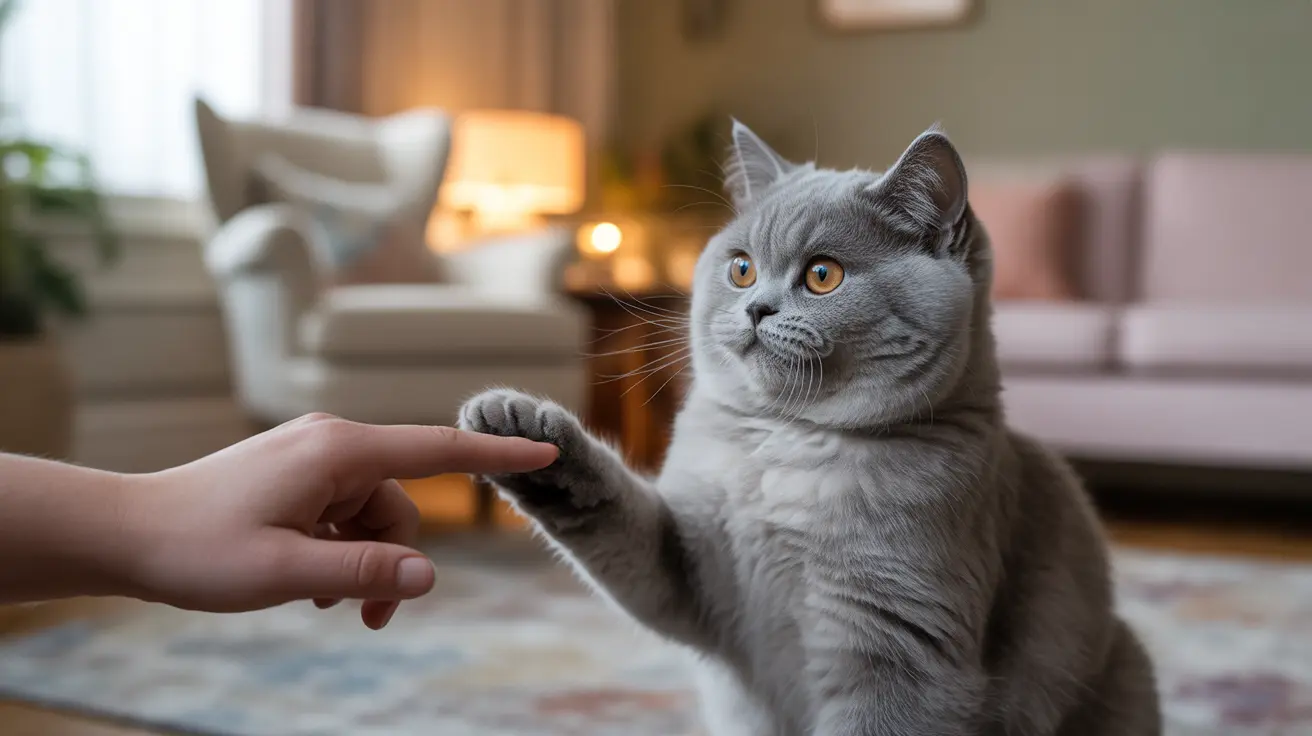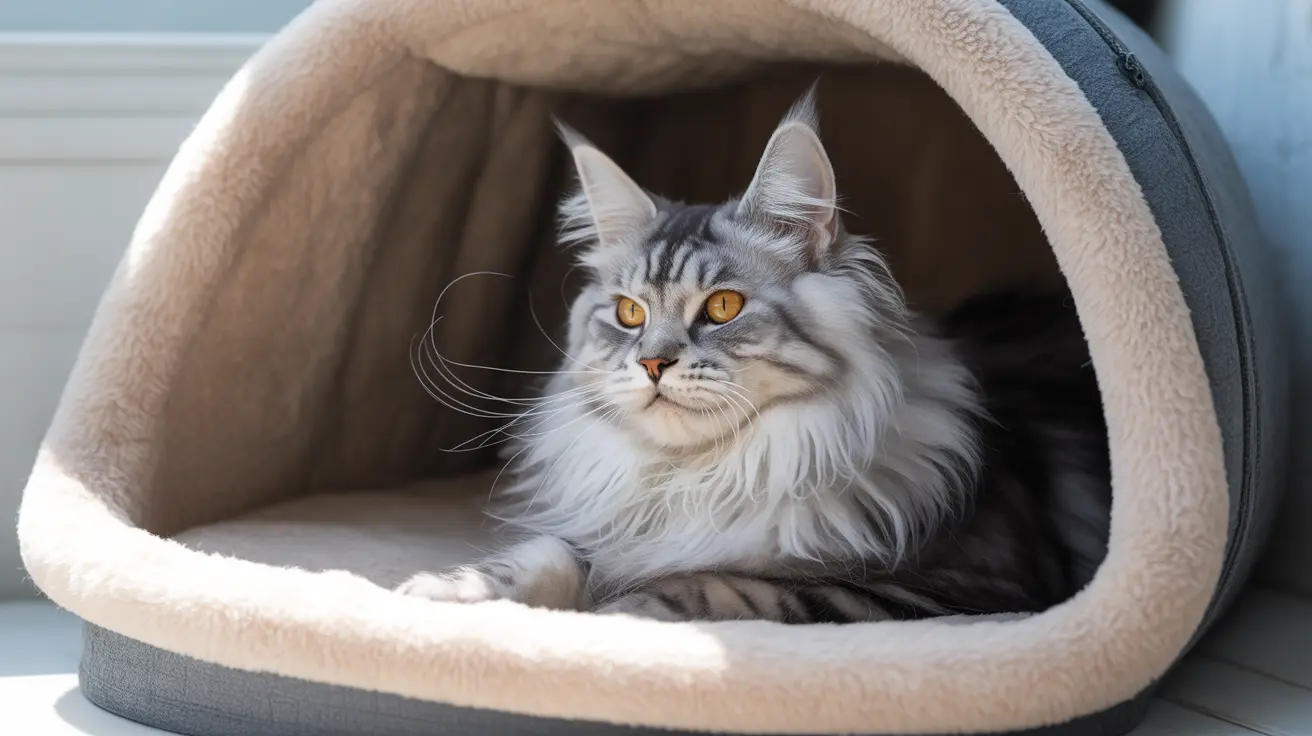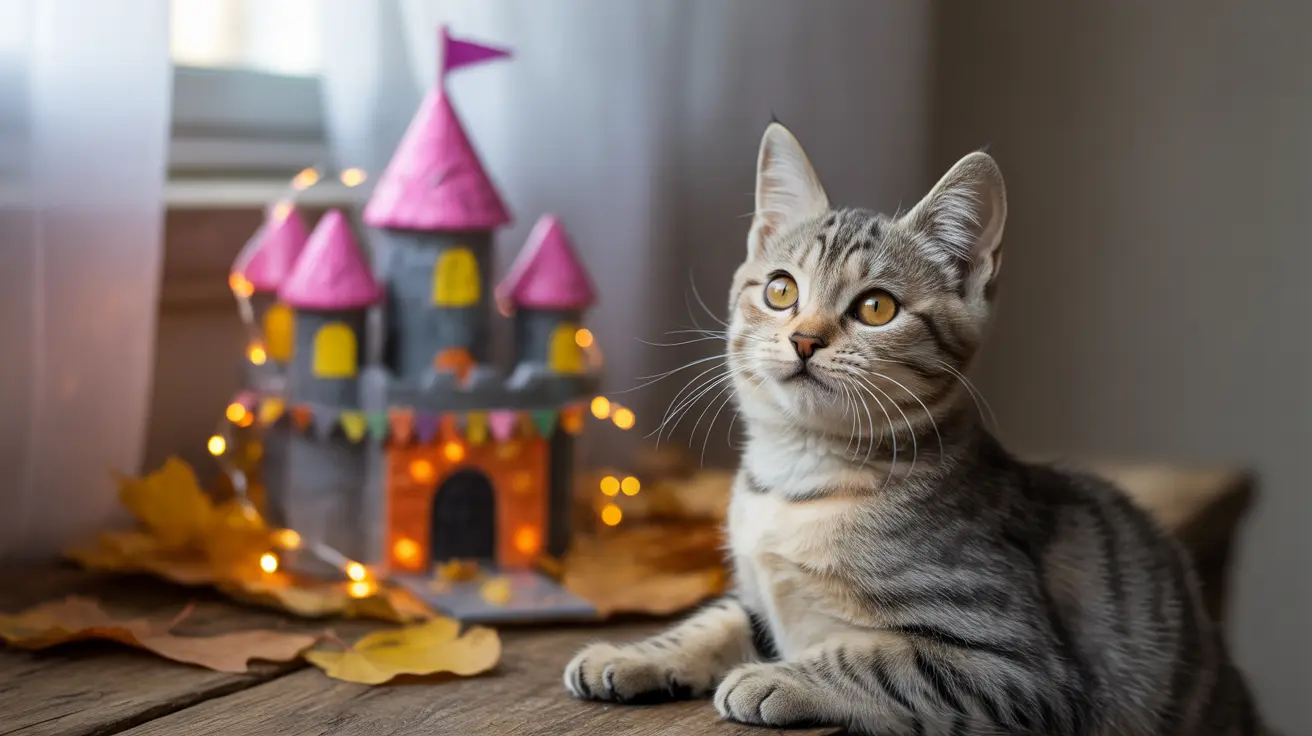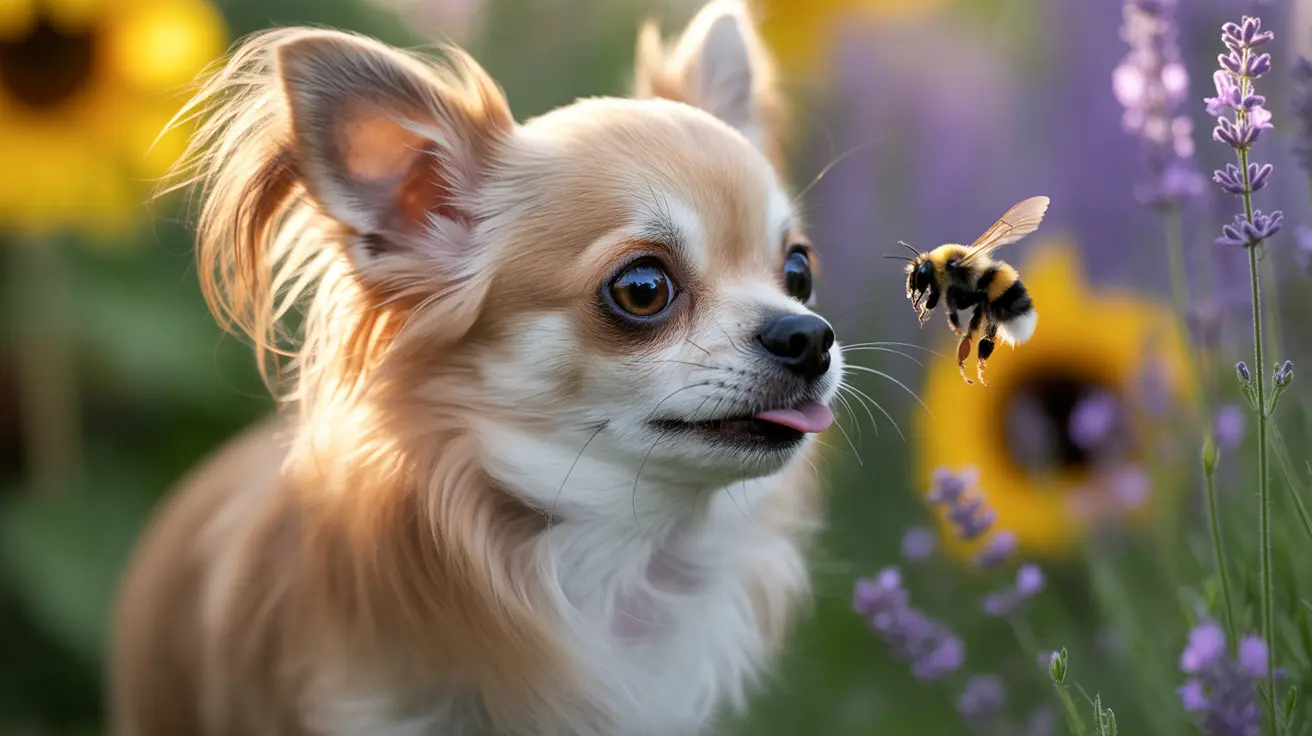What is Cat Bunting?
If you've ever wondered why your cat gently bumps their head against you, you're experiencing a fascinating feline behavior called bunting. This endearing gesture, where cats press their heads, faces, or cheeks against people, other animals, or objects, is deeply rooted in their natural instincts and social communication.
Far from being a random act of affection, bunting serves multiple important purposes in your cat's behavioral repertoire. Understanding this behavior can help you better connect with your feline companion and respond appropriately to their social cues.
The Science Behind Cat Bunting
When your cat bunts, they're actually doing more than just showing affection. Their face contains several scent glands, particularly around the cheeks, chin, and forehead. These glands release pheromones – chemical signals that cats use to communicate with other animals and mark their territory.
These pheromones are imperceptible to humans but carry important messages to other cats. They help create what behaviorists call a "group scent" or "colony scent," which is essential for social bonding and territorial marking.
Social Significance of Bunting
In the feline world, bunting is a sign of trust and social acceptance. When your cat bunts you, they're effectively marking you as part of their trusted social group. This behavior is particularly significant because cats typically only bunt those they consider family or close companions.
Interestingly, dominant cats often initiate bunting with other cats or humans. By sharing their scent, they're reinforcing social bonds and maintaining group harmony. This is especially important in multi-cat households where establishing and maintaining social relationships is crucial.
Health and Behavioral Implications
While bunting is generally a positive behavior, it's important to distinguish it from compulsive head pressing. Normal bunting is voluntary and accompanied by other signs of contentment like purring or relaxed body language. In contrast, persistent head pressing against hard surfaces might indicate underlying health issues and requires veterinary attention.
Cats may also use bunting as a way to self-soothe when stressed or to mark their territory in new environments. This helps them create familiar, safe spaces and manage anxiety in challenging situations.
How to Respond to Cat Bunting
When your cat bunts you, they're initiating a social interaction and showing trust. The best response is to reciprocate their affection gently. You can softly pet them or speak to them in a calm voice. This positive reinforcement helps strengthen your bond and encourages healthy social behavior.
However, respect your cat's personal space and let them initiate these interactions. Not all cats bunt frequently, and that's perfectly normal. Each cat has their own preferred ways of showing affection and maintaining social bonds.
Frequently Asked Questions
Why does my cat bunt or headbutt me, and what does it mean?
Cat bunting is a sign of affection and trust. When your cat headbutts you, they're marking you with their scent glands and claiming you as part of their family group. It's one of the strongest signs of bonding in feline behavior.
How does cat bunting help cats communicate and bond with humans and other pets?
Bunting releases pheromones that create a shared group scent, helping cats establish and maintain social bonds. This chemical communication helps create a harmonious environment and strengthens relationships between cats and their human or animal companions.
Can cat bunting be a sign of stress or attention-seeking behavior?
While bunting is typically a positive behavior, cats may increase bunting when seeking attention or feeling anxious. If accompanied by other unusual behaviors, it might indicate stress and warrant closer observation.
What should I do when my cat bunt me—is there a right way to respond?
The best response is gentle reciprocation through petting or verbal acknowledgment. This reinforces the positive social interaction and strengthens your bond with your cat.
Is cat bunting different from other marking behaviors like urine spraying?
Yes, bunting is distinctly different from urine marking. Bunting is a positive, social behavior using facial pheromones, while urine spraying is typically territorial or stress-related and uses different chemical signals.
Conclusion
Cat bunting is a fascinating behavior that demonstrates the complex social nature of our feline companions. By understanding and appropriately responding to this gesture, you can build a stronger relationship with your cat and create a more harmonious household environment.






